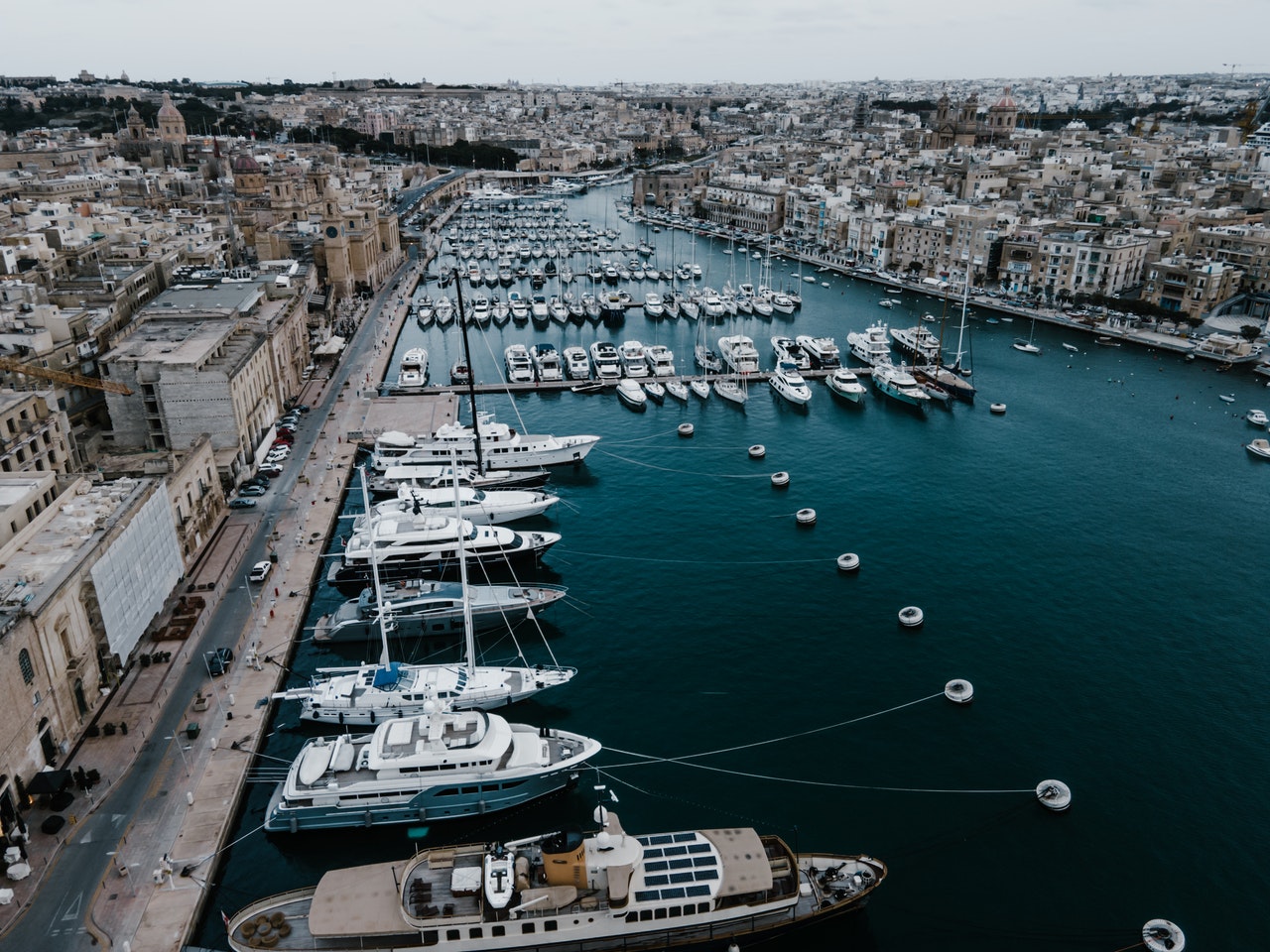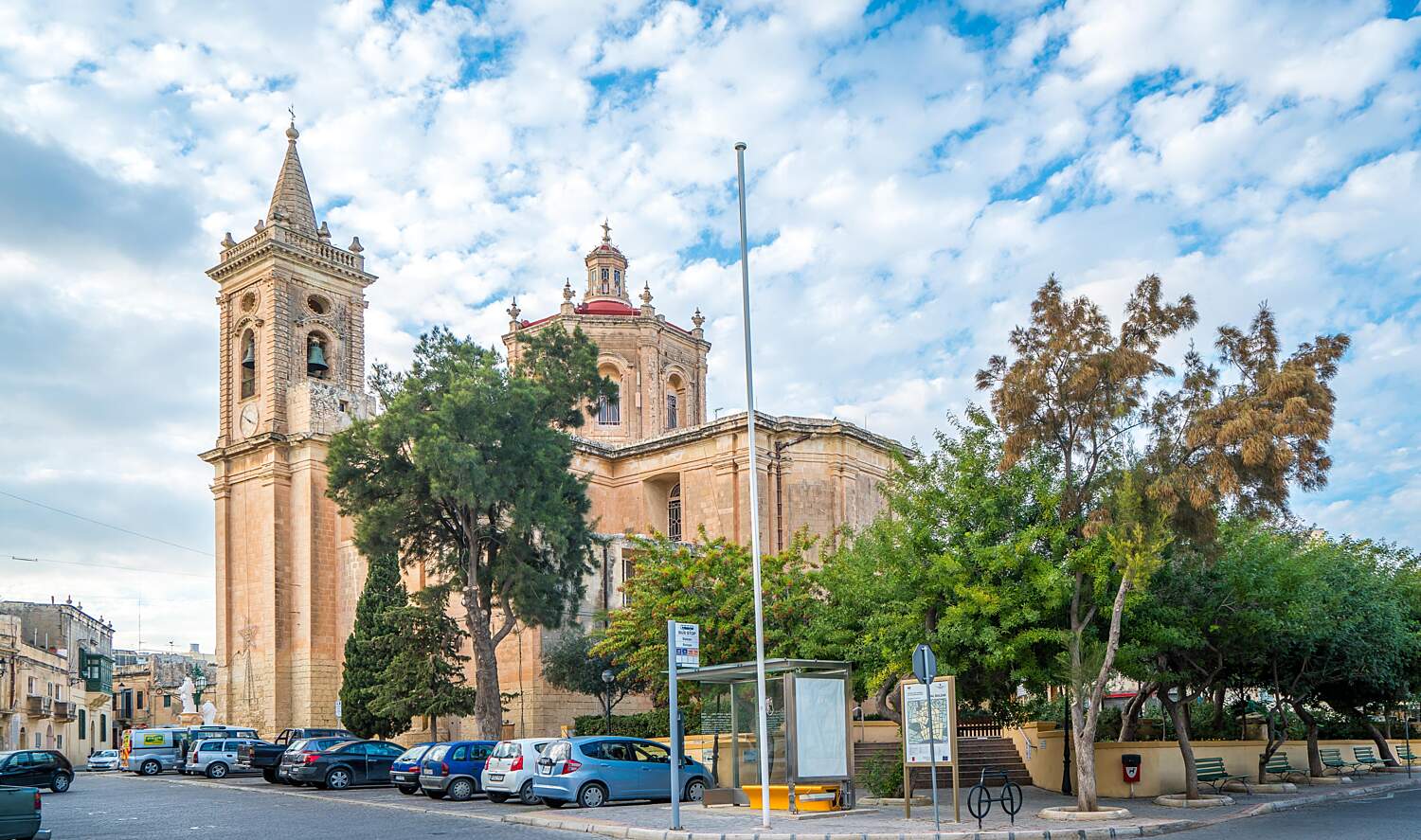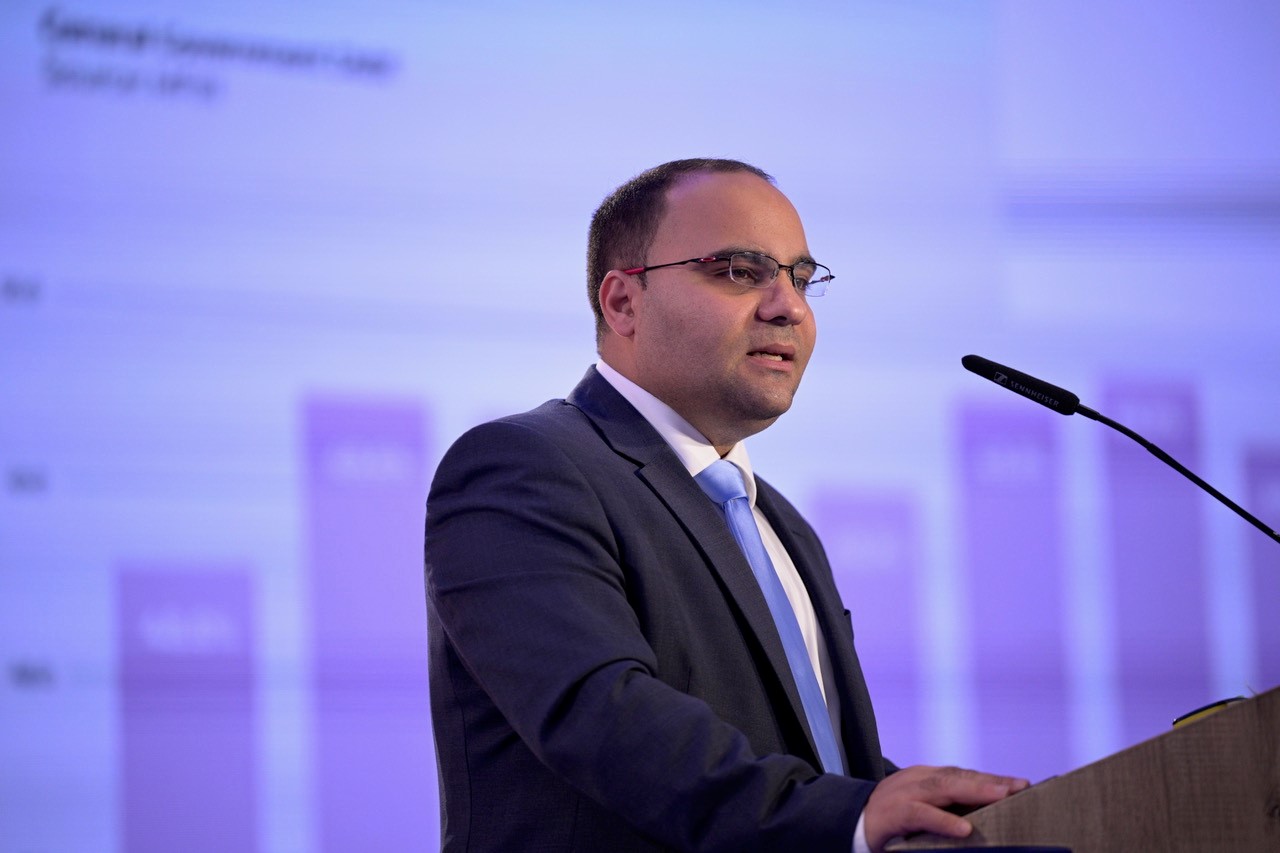The general feeling that the pandemic is well and truly over was already being felt strongly in the first three months of 2022, leading to strong economic growth, particularly in the sectors most affected by the restrictions put in place to limit the spread of COVID-19, like accommodation and food services.
In fact, services had the largest impact on the country’s Gross Value Added (GVA) in the first quarter of the year, with a contribution of seven percentage points, largely driven by a stunning return to form by hotels and restaurants, which sector saw a 243.4 per cent increase in production.
Wholesale and retail trade, repair of motor vehicles and motorcycles followed, with 16.5 per cent, while IT saw a 14.3 per cent increase. Arts, entertainment and recreation also registered strong growth of 9.2 per cent, as did professional, scientific, and technical activities (4.2 per cent).
While services contributed to the economic recovery forecast for this year, agriculture and fishing dropped by 9.5 per cent and construction by 3.9 per cent.
Altogether, GVA rose by 10.8 per cent in nominal terms and 6.9 per cent in volume terms when compared to the corresponding quarter of 2021.
Meanwhile, provisional estimates indicate that the GDP for the first quarter of 2022 amounted to €3,784.5 million, registering an increase of €366.7 million, or 10.7 per cent, when compared to the same quarter of 2021. In volume terms, GDP rose by 7.6 per cent.
The expenditure approach
The expenditure approach is another method used to calculate GDP and is derived by adding final consumption expenditure of Households, General Government, and Non-Profit Institutions Serving Households (NPISHs), Gross Capital Formation (GCF) and Net exports.
The contribution of domestic demand to the year-on-year GDP growth rate in volume terms was 4.3 percentage points, of which 3.3 were due to final consumption expenditure and one to GCF. External demand also registered a positive contribution of 3.2 percentage points, with 14 percentage points attributable to exports and 10.8 percentage points explained by imports.
In the first quarter of 2022, final consumption expenditure witnessed an increase of 5.2 per cent in volume terms. This was the result of increases in household expenditure of 9.7 per cent and in the expenditure of NPISHs of 5.3 per cent. Meanwhile, general government expenditure registered a drop of three per cent.
Gross Fixed Capital Formation (GFCF) rose by 6.3 per cent in volume terms. This increase was mainly attributable to investment in machinery and equipment.
Exports and imports of goods and services in volume terms rose by 9.2 per cent and 7.9 per cent, respectively.
The income approach
The third approach to measure economic activity is the income approach, which shows how GDP is distributed among compensation of employees, operating surplus of enterprises and taxes on production and imports net of subsidies.
Compared to the first quarter of 2021, the €366.7 million increase in nominal GDP was the result of an €85.9 million increase in Compensation of employees, a €218.4 million rise in gross operating surplus and mixed income, and an increase of €62.3 million in net taxation on production and imports.
Two years since its birth, Moneybase features on Microsoft’s Customer Stories
Moneybase has now just been featured on Microsoft’s latest Customer Stories
Finance Minister confirms continuity of food and energy subsidies
Spending on food and energy subsidies as a percentage of the GDP will be at 0.7% in 2025
MHRA congratulates Glenn Micallef on EU role, highlights positive impact on Malta’s tourism and cultural sectors
The lobby group emphasised that Malta’s cultural assets and sports scene are key factors in attracting visitors and fostering economic ...






